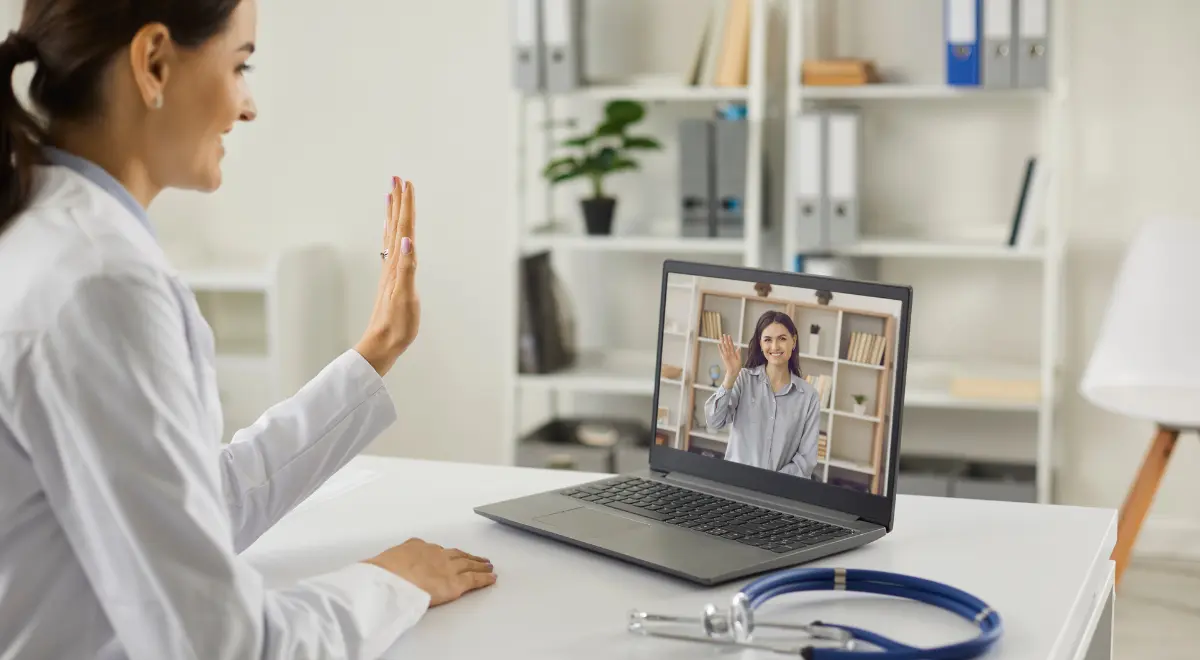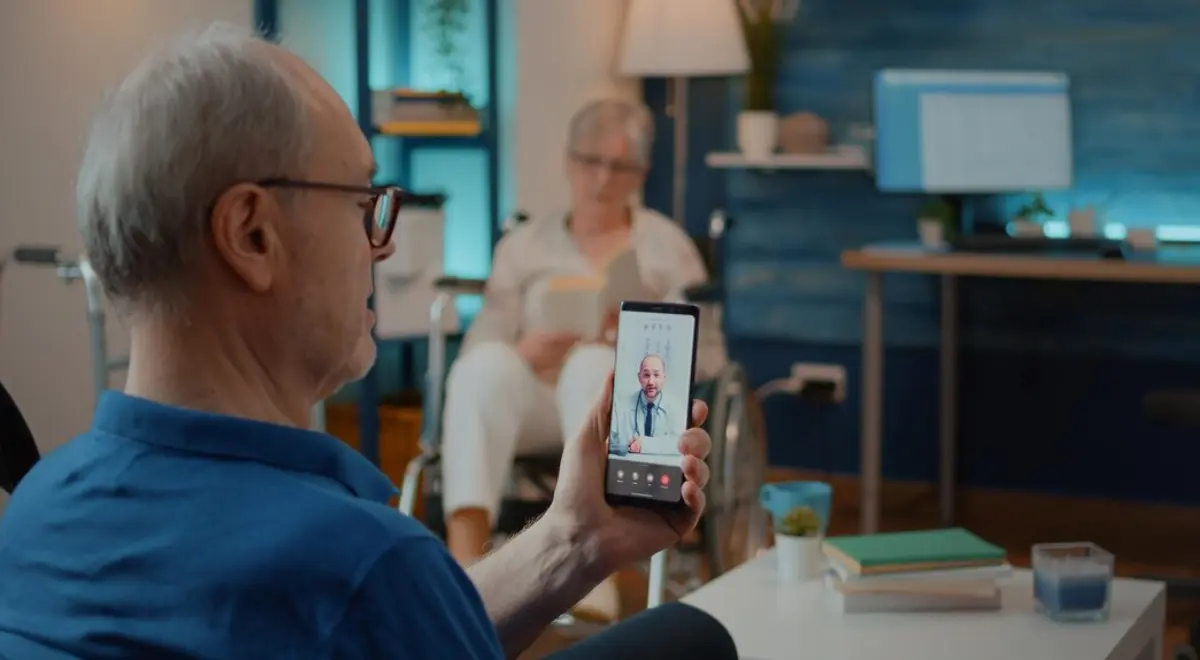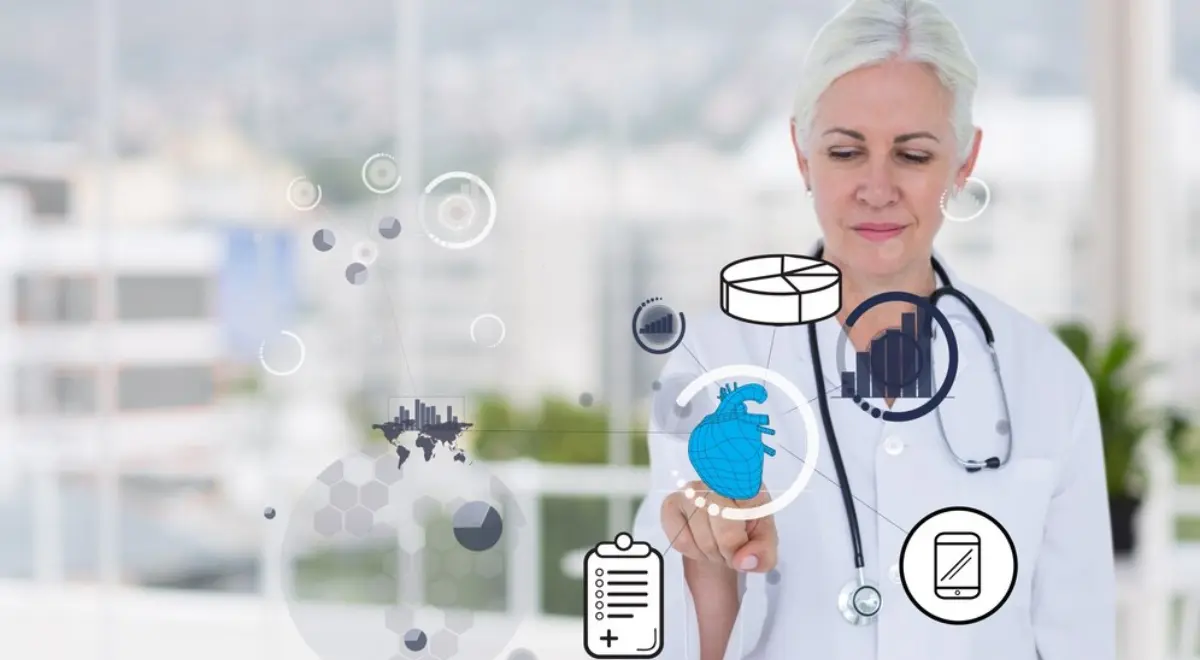FQHCs and RHCs Opportunities in 2024: All You Need To Know

The recently announced Physician Fee Schedule (PFS) by the Centers for Medicare and Medicaid Services (CMS) has introduced pivotal changes, unveiling new opportunities for Federally Qualified Health Centers (FQHCs) and Rural Health Clinics (RHCs).
Of all the updates, the most notable one is the provision allowing FQHCs and RHCs to bill for Remote Patient Monitoring (RPM) and Remote Therapeutic Monitoring (RTM) outside of the RHC all-inclusive rates and the FQHC per visit payments. This change will allow these healthcare entities to bill for remote patient care and get reimbursements.
Table of Contents
ToggleHCPCS Code G0511– Billing Changes and Expansion
With the passing of the 2024 Final Rule of the Medicare Physician Fee Schedule, new billing capacities for the FQHCs and RHCs have been introduced. Compared to being limited to Chronic Care Management and Behavioral Health Integration, RPM and RTM are now expanded under the general management code HCPCS G0511.
1. Reimbursement Adjustments and Frequency
Other than the changes to the billing options, some modifications to the methodology of calculating reimbursement rates have also been introduced for G0511. The reimbursement rate is reduced from $77.94 in 2023 to $72.98 in 2024 with an emphasis on multiple invoices for the same patient and distinctive care services.
2. Implications for FQHCs and RHCs
The Final Rule empowers FQHCs and RHCs to follow a more holistic approach to patient care. A healthcare provider can seamlessly integrate remote monitoring services into their care offerings since there are no more constraints regarding choosing between real-time monitoring and long-term management of chronic conditions.
How FQHCs and RHCs Are Improving Access to Care
In 2024, FQHCs and RHCs are going to play a crucial role in bridging the gap of making healthcare more accessible for impoverished communities, along with improving basic healthcare services. The foremost role they’ll play is to ensure everyone, regardless of their socio-economic status, has access to high-quality and low-cost healthcare.
Being placed strategically to address the healthcare disparities in rural and underserved urban areas, both FQHCs and RHCs will ensure that individuals who deal with transportation challenges or a lack of local healthcare facilities can access essential medical services on the go.
1. Comprehensive and Competent Care
What makes FQHCs and RHCs different is their dedication to providing comprehensive and culturally competent care. Being rooted within the communities they serve, they can understand and treat the different healthcare requirements of patients in the right way. Their cultural sensitivity develops a sense of confidence between patients and healthcare professionals, thereby encouraging them to seek timely medical attention and preventive care.
2. Sliding Fee and Low-Cost Services
FQHCs and RHCs follow a sliding price schedule for affordable healthcare services, thereby ensuring financial flexibility and removing the barrier to healthcare access for all. With the support from health center program grants, the ability to pay based on income scale removes financial constraints and encourages individuals to seek medical care, whenever needed.
3. Preventive and Primary Care
Prevention is the key to good healthcare. Both FQHCs and RHCs focus on preventive and basic care services to aid early detection and management of health disorders and underlying illnesses. They do so by providing frequent check-ups, screenings, and health education. This proactive strategy improves health outcomes and lessens the burden on emergency care.
4. Collaboration and Integrative Healthcare
Working together, both FQHCs and RHCs address the healthcare needs of community organizations and local health agencies. With a collaborative approach, they aim to promote holistic healthcare and overall well-being to address community health issues with a coordinated response.
5. Emergency Preparedness and Response
When it comes to public health emergencies, FQHCs and RHCs play a crucial role in delivering care and monitoring services, along with handling emergency preparedness and response. Their community involvement ensures the delivery of essential medical services and healthcare during difficult times to ensure prompt and effective care.
Role of RPM and RTM Programs in Fulfilling Care Delivery of FQHCs and RHCs
FQHCs and RHCs are increasingly resorting to the latest care coordination solutions to deliver comprehensive and patient-centered care. RPM and RTM bridge the geographical divisions by remotely monitoring patients’ health and therapy progress, along with ensuring access to critical healthcare resources.
1. Chronic Disease Management
Remote Patient Monitoring allows FQHCs and RHCs with continuous vital sign monitoring and remotely supervising therapeutic operations. Also, access to real-time data allows healthcare providers to intervene quickly and take the much-needed action before the scenario worsens.
2. Cost-effective Health Care
FQHCs and RHCs focus on providing cost-effective care to people in need of remote monitoring by optimizing resource use and programs. It helps eliminate the need for regular in-person visits, thereby cutting the travel costs and relieving the queues in healthcare institutions.
3. Patient Empowerment and Engagement
RPM and other virtual care management solutions empower patients to actively participate in reaching their healthcare goals. Just by staying at home, patients can monitor their health factors and get assessed directly by the doctor, resulting in better health outcomes.
4. Individualized Care Plans
Both RPM and RTM generate a record of patient data and vitals to be examined by a professional as part of the personalized care plan. Healthcare professionals can intervene with their treatment perspective by examining the trends and patterns in health and therapeutic data, thereby improving care and health results.
How FQHCs and RHCs Benefit From The New Physician Fee Schedule?
Recent changes to the Physician Fee Schedule (PFS) have greatly helped FQHCs and RHCs with new opportunities focused on improving patient care and financial sustainability. The adoption of Remote Patient Monitoring and Remote Therapeutic Monitoring programs will take remote healthcare to the next level. Here’s a look at how healthcare providers can use the New Physician Fee Schedule to maximize reimbursement and improve patient outcomes:
- Access to Additional Revenue Streams
- Expansion In Their Scope Of Care
- Billing Flexibility and Frequency
- Comprehensive Approach To Patient Care
- Enhanced Chronic Disease Management
- Financial Sustainability for RPM Programs
- Positive Impact On Patient Outcomes
- Expanded Services and Patient Reach
- Ensuring Accessible & Continuous Care
- Data-Driven Decision Making
- Quality Care & Management Improvement
- Patient-Centered Care and Engagement
- Improved Adherence To Treatment Plans
- Opportunity For Program Expansion & Innovation
The latest edition of the Physician Fee Schedule offers healthcare providers a once-in-a-lifetime opportunity to revolutionize the way they deliver care services by implementing remote monitoring programs, including RPM and RTM in FQHCs and RHCs.
By taking advantage of these opportunities, these care providers can not only deliver enhanced patient outcomes but also expand their services and contribute to patient-centered care plans with technologically sophisticated healthcare. Optimized reimbursement is also a gain to be accomplished as per the revised schedule.
FQHCs & RHCs form The Foundation of Accessible Healthcare
Being the foundation of accessible and equitable healthcare, both FQHCs and RHCs act as lifelines for individuals who don’t have easy access to healthcare programs. These centers are playing a critical role in boosting the ongoing efforts to enhance access to healthcare for everyone.
All because of their dedication to affordability, cultural competence, preventive care, and community collaboration, they are stepping forward to create a society that is both healthier and inclusive.
Unlock The Power Of Virtual Healthcare Round The Clock
With HealthArc’s industry-leading care technology, get ready to revolutionize your approach to virtual care management and empower your patients with chronic conditions to share their vitals with you anywhere, at any time. Our digital healthcare platform combines procurement and management of clinical software and patient care devices with a seamless singular and united integration.
Our AI-powered software provides clinical pathways for each disease type configurable with provider feedback to focus on at-risk, or non-compliant patients that need communication. Not only this, but billing documentation automation is also available across Remote Patient Monitoring (RPM), Chronic care Management (CCM), Principal Care Management (PCM), Remote Therapeutic Monitoring (RTM), and Transitional Care Management (TCM) codes.
Schedule A Demo Of HealthArc’s Virtual Healthcare Platform Now
HealthArc provides a cloud-based remote patient management and monitoring solution that can be configured easily to launch in any workflow environment. We provide monitoring services across a wide spectrum of ailments with no upfront fees or hidden costs to stand up and run the program.
Find out how HealthArc can transform your remote care strategy and have a long-lasting effect on the health and well-being of your patients. Book a demo now.
Most recent blogs
Categories
- Behavioral Health Integration
- Cellular Remote Patient Monitoring
- Chronic Care Management
- Chronic Care Management Billing
- Chronic Care Management CPT Codes
- Chronic Care Management Program
- Chronic Care Management Software
- Digital Health Platform
- Principal Care Management
- Principal Care Management CPT Codes
- Remote Monitoring Devices
- Remote Patient Care
- Remote Patient Monitoring
- Remote Patient Monitoring Billing
- Remote Patient Monitoring CPT Codes
- Remote Patient Monitoring Devices
- Remote Patient Software
- Remote Therapeutic Monitoring
- Remote Therapeutic Monitoring Billing
- Remote Therapeutic Monitoring CPT Codes
- Telemedicine & RPM
- Transitional Care Management
- Transitional Care Management Billing
- Transitional Care Management CPT Codes
Related Posts
- July 23, 2024 | Read Time: 8 mins
HealthArc Vs. Prevounce: Which One To Choose?
- July 4, 2024 | Read Time: 6 mins
Remote Patient Monitoring for Alzheimer’s
- June 21, 2024 | Read Time: 5 mins






